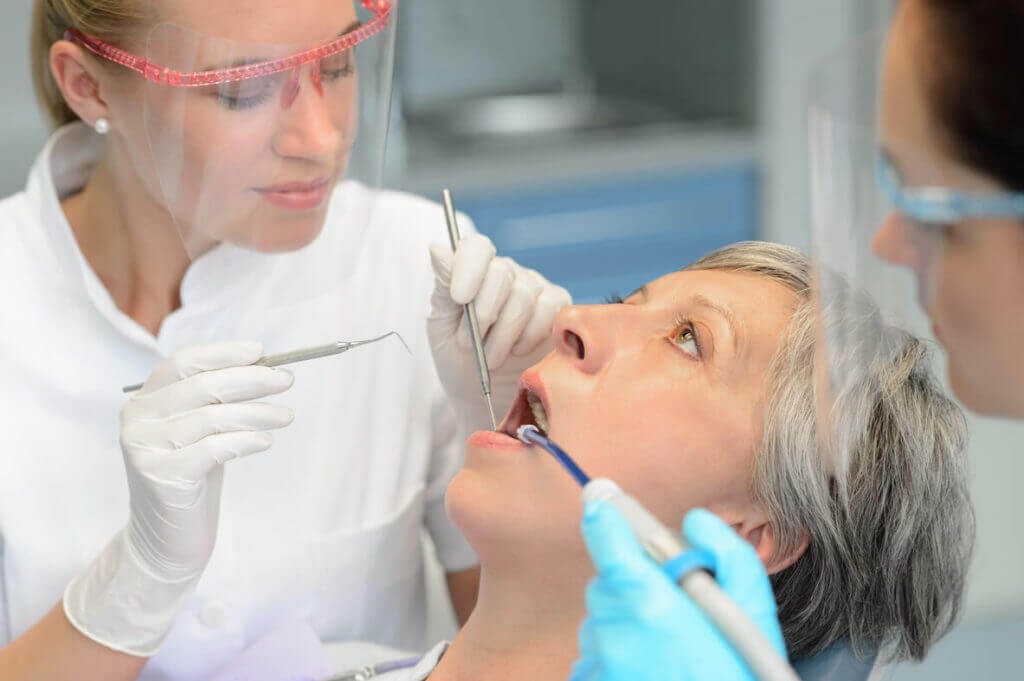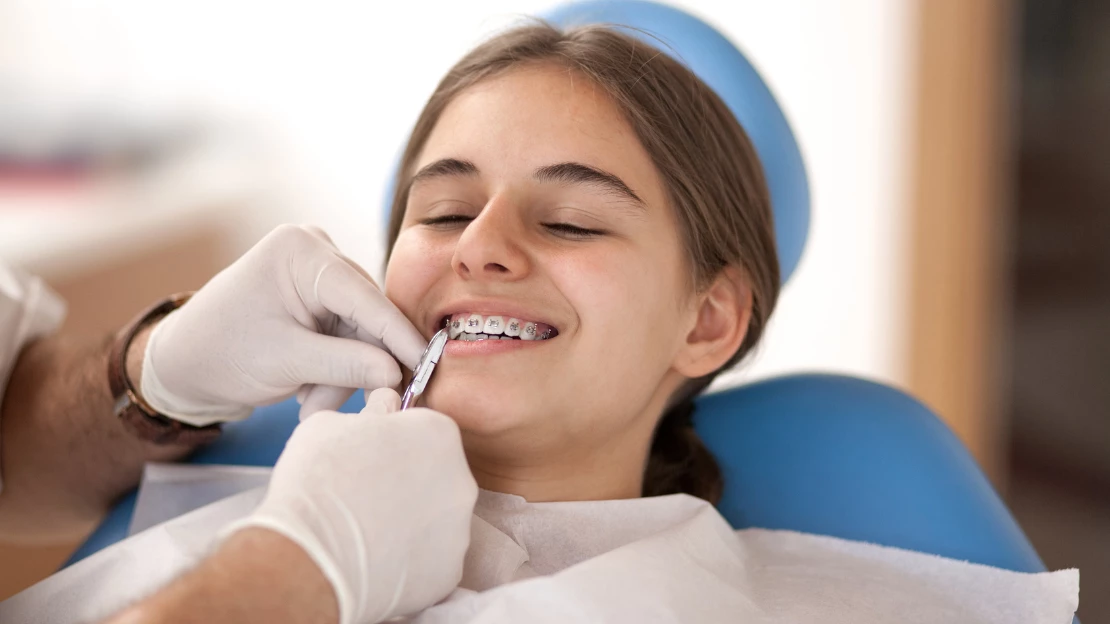8 Simple Techniques For Legacy Orthodontics
8 Simple Techniques For Legacy Orthodontics
Blog Article
Getting The Legacy Orthodontics To Work
Table of ContentsRumored Buzz on Legacy OrthodonticsLegacy Orthodontics Can Be Fun For AnyoneThe Buzz on Legacy OrthodonticsSome Known Details About Legacy Orthodontics Getting My Legacy Orthodontics To Work
At Advanced Orthodontics, we supply patients with a alternative treatment experience. Additionally, we offer flexible treatment routines, adaptable repayment choices and a fun, satisfying experience. orthodontics. Telephone call ( 480) 357-4900 today to learn more and schedule an appointment.An orthodontist is a dental practitioner educated to identify, avoid, and treat teeth and jaw irregularities. They remedy existing conditions and are educated to determine problems that might establish in the future. Orthodontists work with individuals of any ages, from children to grownups. Individuals frequently link a best smile with healthiness.
Malocclusion, or misaligned teeth, can lead to oral problems, including dental cavity, gum condition, and hard or unpleasant eating. Not everyone is birthed with straight teeth. If you have a bad bite or huge areas between your teeth, you may wish to seek advice from a dentist focusing on orthodontic care.
Some Known Details About Legacy Orthodontics
( Picture Credit Report: DigitalVision/Getty Images) Orthodontists use dealt with and detachable oral gadgets, like dental braces, retainers, and bands, to alter the setting of teeth in your mouth. Orthodontic therapy is for oral abnormalities, including: Misaligned teethBite issues, like an overbite or an underbiteCrowded teeth or teeth that are as well far apartJaw misalignmentThe objective of orthodontic treatment is to boost your bite.
A healthy and balanced bite guarantees you can eat, chew, and talk appropriately. While you might consider orthodontists as generally for kids or teenagers that need braces, they can remedy dental issues at any type of age. Orthodontists participate in university, dental school, and orthodontic school. After college graduation, they invest 2 or 3 years in an orthodontic residency program.
, however not all dental experts are orthodontists. They focus on two areas: Exactly how to effectively and securely move teeth Just how to appropriately guide development in the teeth, jaw, and faceOnce an orthodontist has completed training, they have the alternative to become board certified.
The Ultimate Guide To Legacy Orthodontics
Misalignment, or malocclusion, is the most typical reason people see an orthodontist. It is genetic and is the outcome of size differences between the top and reduced jaw or between the jaw and teeth. Malocclusion leads to tooth congestion, an askew jaw, or uneven bite patterns. Malocclusion is generally treated with: Your orthodontist connects metal, ceramic, or plastic square bonds to your teeth.
Some individuals need a headgear to assist relocate teeth into line with pressure from outside the mouth. A retainer is a customized gadget that maintains your teeth in location.
They're frequently utilized on children. They can develop added space in the mouth without having to draw teeth. If you have a severe underbite or overbite, you might need orthognathic surgical procedure (likewise called orthodontic surgical procedure) to lengthen or reduce your jaw. Orthodontists make use of cords, medical screws, or plates to support your jaw bone.
You might need to see an orthodontist if you have: Crowding or otherwise enough space for all of your teethOverbite, when your upper teeth come your bottom teethUnderbite, when your bottom teeth are also much forwardSpacing or issues with gapsCrossbite, which is when your upper teeth fit behind your bottom teeth when your mouth is closedOpen bite or a vertical space between your front bottom and click here to find out more upper teethMisplaced midline, when the center of your bottom and upper teeth don't line up Remedying an oral malocclusion can: Make attacking, eating, and talking easierImprove the balance of our face and your total appearanceEase discomfort from temporomandibular joint disordersDifferent your teeth and make them simpler to clean, aiding avoid dental cavity or cavities It's typically a dental professional who first notices misaligned teeth during a routine exam.
More About Legacy Orthodontics

During your very first orthodontic appointment, you'll likely have: A dental examPhotos taken of your face and smileDental X-raysPanoramic (360 level) X-rays of your face and headImpressions to develop molds of your teethThese tests will help your orthodontist recognize how to proceed with your treatment. leesburg invisalign. An orthodontist is a dental practitioner that's had training to treat your teeth and jaw
An orthodontist is focused on your bite, so something like a chipped tooth would certainly be managed by a dental expert. Orthodontists are focused on your bite, or the method your teeth fit with each other, and the straightness of your teeth.
Ever before questioned how celebs always appear to have flawlessly lined up teeth? The answer frequently hinges on the knowledgeable hands of an orthodontist. What specifically does an orthodontist do? Orthodontists are dental professionals who concentrate on remedying irregularities in the teeth and jaws. Their knowledge exceeds just developing a stunning smile; it reaches enhancing your general dental health and wellness and feature.
The Facts About Legacy Orthodontics Uncovered

While braces are one of the most commonly acknowledged orthodontic therapy, orthodontists have a varied toolkit at their disposal. The details technique picked relies on the severity of the case, the individual's age, and private preferences. These reliable dental braces use a system of braces adhered to the teeth and attached by cords.
Clear aligners, like Invisalign, are a preferred choice for patients looking for a more discreet therapy alternative. These detachable trays are personalized to considerably shift the teeth's position. Headwear might be utilized in conjunction with braces or aligners to apply added targeted pressures, specifically for fixing jaw inconsistencies. In situations of narrow jaws, palatal expanders can be used to create room for appropriate tooth positioning.
Report this page